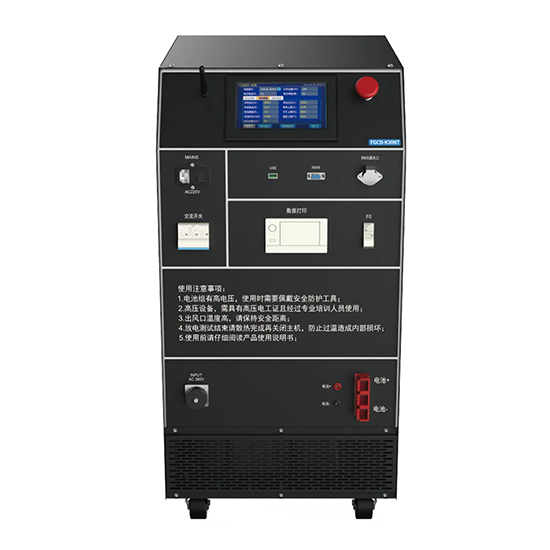
# Battery Discharge Technology: Principles and Applications
## Introduction to Battery Discharge Technology
Battery discharge technology plays a crucial role in modern energy systems, enabling efficient power management and extending battery life. A battery discharger is a specialized device designed to safely and controllably drain energy from batteries, serving various purposes from capacity testing to battery conditioning.
## How Battery Dischargers Work
The fundamental principle behind battery dischargers involves creating a controlled load that draws current from the battery at predetermined rates. Modern dischargers incorporate several key components:
– Load resistors or electronic load circuits
– Voltage and current monitoring systems
– Temperature sensors
– Control circuitry for discharge rate regulation
– Data logging capabilities
Advanced dischargers can maintain constant current, constant power, or constant resistance discharge modes depending on application requirements.
## Primary Applications of Battery Discharge Technology
### 1. Battery Capacity Testing
One of the most common uses of battery dischargers is to measure the actual capacity of batteries. By discharging a fully charged battery under controlled conditions, technicians can determine its true energy storage capability compared to manufacturer specifications.
### 2. Battery Conditioning and Maintenance
Regular discharge cycles help maintain battery health, especially for nickel-based chemistries. Dischargers enable:
– Prevention of memory effect in NiCd batteries
– Equalization of cell voltages in battery packs
– Removal of surface charge before accurate testing
### 3. Battery Recycling and Disposal
Proper discharge is essential before battery recycling to eliminate residual energy that could cause safety hazards during dismantling and processing.
## Types of Battery Dischargers
Different battery technologies require specialized discharge approaches:
### Resistive Load Dischargers
Simple and cost-effective, these use power resistors to create load. They’re suitable for basic applications but lack precision control.
### Electronic Load Dischargers
These sophisticated devices use semiconductor components to provide precise, programmable discharge profiles. They offer:
– Adjustable discharge rates
– Multiple discharge modes
– Advanced data collection
– Computer interface capabilities
### Regenerative Dischargers
The most advanced type, these units can return discharged energy back to the grid or another battery system, improving energy efficiency.
## Key Considerations in Battery Discharge Systems
When implementing discharge technology, several factors must be addressed:
– Battery chemistry compatibility (Li-ion, lead-acid, NiMH, etc.)
– Voltage and current rating requirements
– Thermal management capabilities
– Safety features (over-discharge protection, temperature cutoff)
– Data recording and analysis functions
– Scalability for different battery sizes
## Emerging Trends in Discharge Technology
The field of battery discharge continues to evolve with several notable developments:
– Smart dischargers with AI-powered adaptive discharge profiles
– Integration with battery management systems (BMS)
– Wireless monitoring and control capabilities
– Ultra-fast discharge testing for quality control
– Multi-chemistry support in single units
## Conclusion
Battery discharge technology serves as a critical tool in battery maintenance, testing, and safety procedures. As battery applications continue to expand across industries from consumer electronics to electric vehicles and grid storage, advanced discharge solutions will play an increasingly important role in ensuring optimal battery performance and longevity. Understanding the principles and applications of battery dischargers enables better decision-making in battery system design, operation, and maintenance.
Keyword: Battery Discharger
